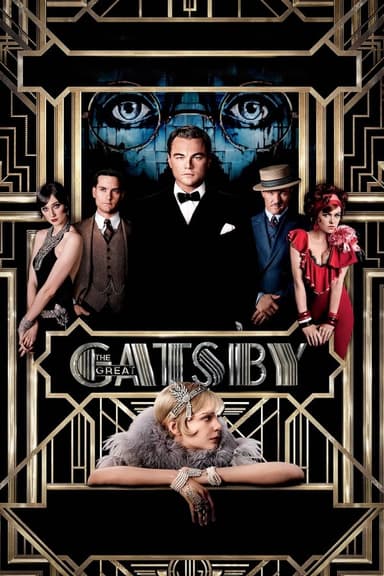
Wuthering Heights
1970 • Drama, Romance • G
A passionate and tumultuous love story set against the backdrop of the Yorkshire moors, exploring the intense and destructive relationship between Heathcliff and Catherine Earnshaw.
Runtime: 1h 44m
Why you should read the novel
Read Wuthering Heights by Emily Brontë to experience the full power of the original story. The novel’s layered narration through Mr. Lockwood and Nelly Dean reveals unreliable memories, shifting perspectives, and psychological depth that no screen version can fully capture.
The book delivers the complete saga across two generations—Catherine Earnshaw and Heathcliff, then Cathy Linton, Hareton Earnshaw, and Linton Heathcliff—culminating in a hard-won, redemptive resolution. Many adaptations streamline or omit this rich second act; the novel lets you witness the full arc of vengeance, inheritance, and healing.
Brontë’s prose, Yorkshire dialects, and haunting descriptions of the moors create a Gothic atmosphere you can feel on the page. For the most authentic Wuthering Heights experience, choose the unabridged English text and discover the themes, textures, and tensions the movie can only suggest.
Adaptation differences
Narrative structure is the biggest difference between the Wuthering Heights book and the 1970 movie. Emily Brontë’s novel uses dual narrators—Mr. Lockwood framing Nelly Dean’s testimony—to build ambiguity and moral complexity, while the film adopts a more direct, linear approach that reduces the story’s layered, unreliable storytelling.
Scope and ending diverge notably in a book vs movie comparison. The novel devotes substantial attention to the second generation—Cathy Linton and Hareton Earnshaw—and their gradual reconciliation; the 1970 adaptation compresses or minimizes this arc to foreground Heathcliff and Catherine’s tragic romance, streamlining timelines and emotional payoffs for cinematic brevity.
Character portrayals shift in the adaptation. On the page, Heathcliff’s cruelty and obsessive vengeance are starker, Catherine’s contradictions sharper, and side characters like Hindley, Isabella, Joseph, and Zillah exert stronger influence; the film typically softens extremes, trims subplots, and reduces domestic brutality, altering the moral texture readers encounter in the book.
Themes and tone are recalibrated from novel to screen. Brontë’s dense social critique—class, property, inheritance law, religious zeal, and dialect—anchors the text, whereas the 1970 film emphasizes visual mood and romantic intensity. Supernatural elements the novel leaves intriguingly ambiguous tend to be rendered more explicitly on screen, changing the story’s Gothic resonance and final implications.
Wuthering Heights inspired from
Wuthering Heights
by Emily Brontë













